Annex II.5 Technical specifications and labelling.
PART I
DEFINITIONS
For the purposes of the code it means for:
1) «technical specifications»:
a) in the case of public works contracts: the set of technical requirements contained, in particular, in the tender documents, which define the required characteristics of a material, a product or a supply so that they respond to the use for which they are intended by the contracting authority; these characteristics include levels of environmental performance and impacts on the climate, design that takes into account all requirements (including accessibility for people with disabilities), conformity assessment, ownership of use, safety or dimensions, including procedures relating to the quality assurance system, terminology, symbols, testing and test methods, packaging, marking and labelling, instructions for use, as well as processes and methods of production at any time in the life cycle of the works. They also include the rules relating to design and costing, the conditions of testing, inspection and acceptance of works as well as construction methods and techniques as well as any other technical conditions that the contracting authority or body contractor can prescribe, through general or specific regulations, in relation to the finished work and the materials or parts that compose it;
b) in the case of public service or supply contracts, the specifications contained in a document, which define the required characteristics of a product or service, including quality levels, levels of environmental performance and climate impacts, design that takes into account all needs (including accessibility for people with disabilities) and assessment of conformity, ownership of use, use of the product, safety or dimensions, including requirements applicable to the product such as sales denomination, terminology, symbols, testing and test methods, packaging, marking and labelling, instructions for use, processes and methods of production at each stage of the life cycle of the supply or services, as well as conformity assessment procedures;
2) «standard»: a technical specification adopted by a recognized standardization body, for the purpose of repeated or continuous application, compliance with which is not mandatory and which falls into one of the following categories: < /p>
a) «international standard»: standard adopted by an international standards body and made available to the public;
b) «European standard»: a standard adopted by a European standardization body and made available to the public;
c) «national standard»: a standard adopted by a national standards body and made available to the public;
3) 'European Technical Assessment' means the documented assessment of the performance of a construction product in relation to its essential characteristics, in accordance with the relevant European Assessment Document as defined in Article 2(12), of Regulation (EU) no. 305/2011 of the European Parliament and of the Council, of 9 March 2011;
4) «common technical specification»: a technical specification in the ICT sector developed in accordance with Articles 13 and 14 of Regulation (EU) No . 1025/2012, of the European Parliament and of the Council, of 25 October 2012;
5) «technical reference»: any document, other than European standards, developed by European standardization bodies according to procedures adapted to evolving market needs.
p>
PART II
A – TECHNICAL SPECIFICATIONS
1 . The technical specifications are included in the tender documents and define the characteristics expected for the works, services or supplies. Such characteristics may refer to the process or method of production or performance of the required works, supplies or services, or to a specific process for another phase of their life cycle even if these factors are not part of their substantive content, provided that they are connected to the subject of the contract and proportionate to its value and objectives.
2. The technical specifications may indicate whether transfer of intellectual property rights is required.
3. For all procurements intended for use by natural persons, the technical specifications, except in duly justified cases, are developed in such a way as to take into account the criteria of accessibility for persons with disabilities or adequate design for all users.< /p>
4. The technical specifications allow equal access for economic operators and must not lead to unjustified obstacles to the opening of public procurement to competition.
5. Without prejudice to mandatory national technical rules, technical specifications shall be formulated in one of the following ways:
a) in terms of performance or functional requirements, including environmental characteristics, provided that the parameters are sufficiently precise to allow bidders to determine the subject of the contract and contracting authorities to award the contract;
b) by reference to technical specifications and, in order of preference, to the standards that implement European standards, to the European technical assessments, to the common technical specifications, to the international standards, to other technical reference systems adopted by the European standardization bodies or in their absence, to the national standards, technical approvals or technical specifications regarding the design, calculation and implementation of works and use of supplies. Each reference contains the expression «or equivalent»;
c) in terms of performance or functional requirements referred to in letter a), with reference to the specifications referred to in letter b) as a means of assuming conformity with such performances or functional requirements;
d) by reference to the technical specifications referred to in letter b) for certain characteristics and to the performances or functional requirements referred to in letter a) for the other characteristics.
p>
6. Unless justified by the subject-matter of the contract, technical specifications may not mention a specific make or source or a particular process characteristic of the products or services supplied by a specific economic operator, nor refer to a trade mark, patent or a specific type, origin or production which would have the effect of favoring or eliminating certain companies or certain products. Such mention or reference is, however, permitted, exceptionally, in the event that a sufficiently precise and intelligible description of the subject matter of the contract is not possible by applying point 5. In this case the mention or reference is accompanied by the expression ' or equivalent".
7. When making use of the option provided for in point 5, letter a) or the possibility of referring to the technical specifications referred to in point 5, letter b), contracting authorities cannot exclude an offer on the ground that the works, supplies o the services offered do not comply with the performance or functional requirements, if they comply with them in an equivalent way, nor because they do not comply with the technical specifications, if they are performances compliant with a European standard, a European technical approval, a common technical specification , to an international standard or to a technical reference system adopted by a European standardization body which cover the prescribed performance or functional requirements.
8. The tenderer shall demonstrate, in its offer, by any appropriate means, including the means of proof referred to in Article 105 of the Code, that the proposed solutions comply in an equivalent manner with the performance, functional requirements and technical specifications prescribed.
B – LABELING
1. Contracting authorities that intend to purchase works, supplies or services with specific environmental, social or other characteristics may impose specific labeling in the technical specifications, award criteria or conditions relating to the execution of the contract as a means of prove that the works, supplies or services correspond to the required characteristics, when all the following conditions are met:
a) the labeling requirements are suitable to define the characteristics of the works, supplies and services services covered by the contract and concern only the criteria connected to it;
b) the labeling requirements are based on objective, verifiable and non-discriminatory criteria;
c) the labels are established as part of a specific open and transparent procedure in which all interested parties can participate, including public bodies, consumers, social partners, producers, distributors and non-governmental organisations;
< p>d) the labels are accessible to all interested parties;e) the requirements for the labeling are established by third parties over which the economic operator requesting the labeling cannot exercise influence decisive.
2. If procuring authorities do not require works, supplies or services to meet all labeling requirements, they shall indicate which labeling requirements they refer to. Contracting authorities requiring specific labeling shall accept all those which confirm that the works, supplies or services meet equivalent requirements.
3. If an economic operator demonstrates that it is not possible to obtain the specific labeling indicated by the contracting authority or equivalent labeling within the required deadlines, for reasons beyond its control, the contracting authority shall accept other means of proof, including documentation manufacturer's technique, suitable to demonstrate that the works, supplies or services that the economic operator concerned must provide meet the requirements of the specific labeling or the specific requirements indicated by the contracting authority.
4. Where a label satisfies the conditions set out in point 1(b), (c), (d) and (e), but establishes requirements unrelated to the subject matter of the contract, contracting authorities may not require the label as such, but they can define the technical specifications with reference to the detailed specifications of this labeling, or, if necessary, to parts of these, connected to the subject of the contract and suitable for defining its characteristics.
< /p>






